George Lytle Beam made photographs professionally for 30 years, and within that body of work, valuable records of historical data are mixed with gems of artistic sensitivity. Many of the Beam images in our database were un-printed glass or nitrate negatives that had been in storage and unseen for decades, with many rapidly deteriorating into un-useability. We are delighted to have rescued these long-lost gems of one man's achievements, and share them with the world.
George Beam was born the youngest of three children, on May 18, 1868, in New Paris, Ohio. When Beam was 5 years old his family moved to Lawrence, Kansas, where he grew up and attended school and then established himself as a dealer in new and used domestic and foreign postage stamps. In 1889, after the death of his mother and siblings, George and his father moved to Denver, Colorado.
Upon his arrival in Denver George Beam worked as a stenographer for Chain Hardy & Co. Soon after, he took a position as a stenographer with the Denver & Rio Grande Railroad. He left the railroad in 1893. After a brief period as an independent photographer he returned to the Denver & Rio Grande Railroad in 1894 as Secretary to the General Passenger Agent, a position he held until his death in 1935.
It is unclear when George Beam began to photograph for the Denver & Rio Grande Railroad, however the earliest image appears to have been taken in 1898. By 1905 Beam was the Company Photographer, a position he held with that of Secretary to the General Passenger Agent, until the end of his career. Beam photographed D&RGW promotional activities in parades and public events throughout its domain, capturing people's enthusiasm for the world of modern travel.
George Beam is most noted for his photographs for the Denver & Rio Grande Railroad (later Denver & Rio Grande Western Railroad). These images include not only an extensive collection of railroad trains and tracks, but also numerous scenic photographs of the areas that tourists might visit while using the railroad. His final project for the railroad was the documentation of the construction of the Dotsero Cutoff and its' dedication in 1935.
As official photographer for the Rio Grande Railroad, many of George L. Beam's photos were no more than company inventory documentation - but his artistic sense was always in evidence. On hand for important events, at movie shoots, or documenting construction, Beam caught the many moods of the railroad.
The sculptured rock scenery of Arches National Park and Natural Bridges National Monuments near Moab, Utah, always popular for sightseers, is loved today also by off-road bikers and rock climbers. Spires, pinnacles, fins, balanced rocks, and 1,500 cataloged sandstone arches create a multi-colored, other-worldly landscape that stretches for miles.
Beam had a real interest in the ancient Ancestral Puebloan ruins of the Four Corners. He photographed Mesa Verde in Colorado, and his photographs of Tsankawi in New Mexico appeared in the September 1909 issue of National Geographic.
Mesa Verde National Park is home to many of the most dramatic Anasazi archaeological remnants in the West. George Beam's photos were taken before modern development, and document some ruins that are no longer open to the public. Mesa Verde Point and thunderheads in the distant north are a familiar view to Mesa Verde visitors.
Southern Colorado's Sand Dunes National Park and Preserve is home to some 30 square miles of 750 foot high dunes at the base of the Sangre de Cristo Mountains. The area became a National Monument in 1932, and a National Park and Preserve in 2000. The Sangre de Cristo Wilderness Area was established in 1993.
Northern New Mexico's Bandelier National Monument contains several thousand ancestral Puebloan dwellings of a culture that thrived from the 1100s to 1500s. Situated in the caldera of the pre-historic Jemez Volcano, living quarters were carved from the soft volcanic tuff. Monument status was bestowed on the area in 1916.
Bryce and Zion National Parks are "must see" stops on the Utah tour. Bryce, Zion, and Grand Canyon are parts of the "Grand Staircase Formation" that extends for hundreds of miles north and south as part of the Colorado River drainage. Like stair steps, the geological layers are exposed one by one as the river carves its meandering path to the Gulf of California.
Fabled Yellowstone was our nation's first National Park, its wonderland of natural beauty and geothermal oddities amazing crowds of sightseers year after year. The 2 million acre preserve was set aside in 1872 by President Ulysses S. Grant, and became the pilot project for National Parks everywhere in the United States. Automobiles were first allowed into the park in 1915, and most of Beam's images of this area were made soon after that time.
Shown above are the Saltair Resort and the Mormon Temple. Saltair, established by the Mormon Church, was located on the south shore of the Great Salt Lake. Built in 1893, it boasted the world's largest dance floor. The Moorish style pleasure palace was destroyed by fire in April, 1925.
The Romanesque/Gothic Salt Lake Temple of the Church of Jesus Christ of Latter-day Saints was also completed in 1893.
The Colorado River cuts through almost 2000 feet of solid rock for a 12 mile stretch before it enters Glenwood Springs. Even Native Utes had no path along the river, and Rio Grande Railroad's narrow gauge tracks in 1886 were the first passage through the gorge. A wagon road in 1899 made the shortcut from Denver to Grand Junction available to the public, and the route became the inevitable choice for what was to be the last link in the Interstate Highway system.
Haphazard enhancements to the road were already disturbing the beauty of the canyon, and public pressure influenced the Colorado Legislature to charge in its 1968 resolution concerning Glenwood's development that: "the wonders of human engineering will be tastefully blended with the wonders of nature." This goal was achieved after a 12 year construction project unlike any other.
The highway design strategy for Glenwood Canyon was to reduce the intrusive mass of the highway as much as possible. Elevating the roadways allowed the riverbanks to revert to a naturalized landscape; terraces, viaducts and tunnels allowed the curves to be straightened and reduced the need for blasting out sections of cliff.
Today, the drive through Glenwood Canyon takes twenty minutes - in years past it could take hours. People enjoy the river and its trails, biking, rafting or hiking, while the freeway high above accommodates 20 to 30 thousand vehicles a day. Exhaust pollution is actually reduced, because cars and trucks are not idling bumper to bumper on a two lane road.
The George Beam photograph on the lower left above shows how cut-and-fill road and railroad track grades were as some said, "reducing the river to an irrigation ditch."
The library has 3393 digitized Beam images which include 2189 glass plate negatives kindly loaned to the Denver Public Library for digitization by James Ozment from the James Ozment Collection of George Beam photographs. You can browse through our entire digitized collection of Beam photos here, and also be sure to peruse the gallery below.

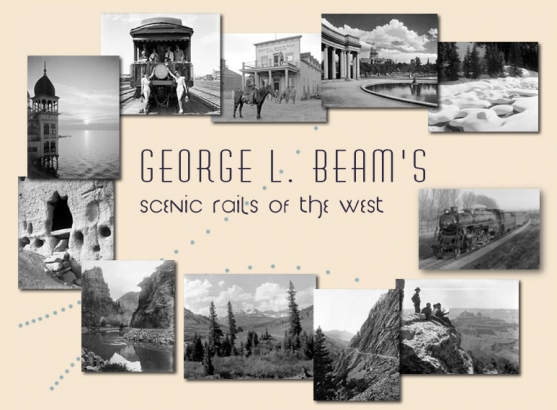

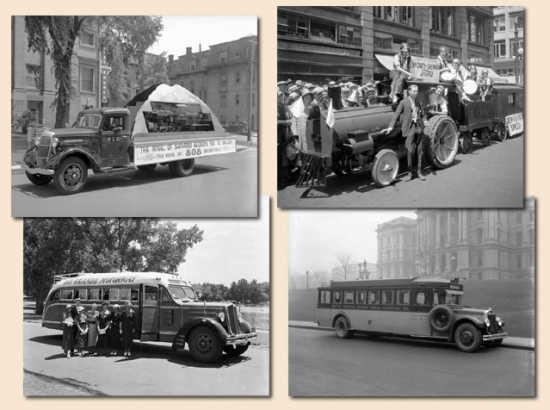
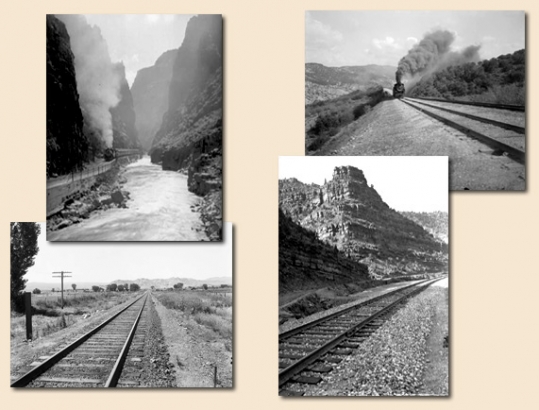
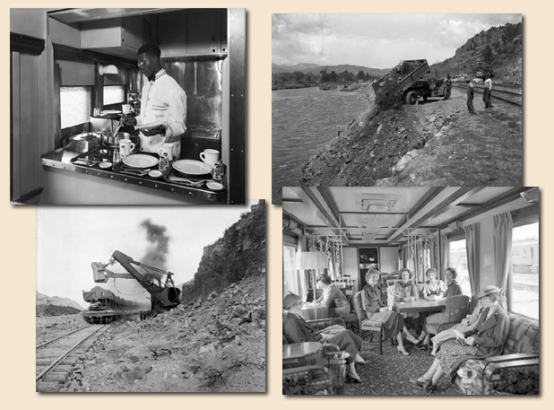

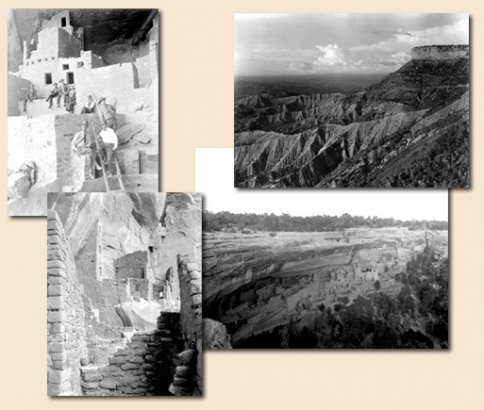
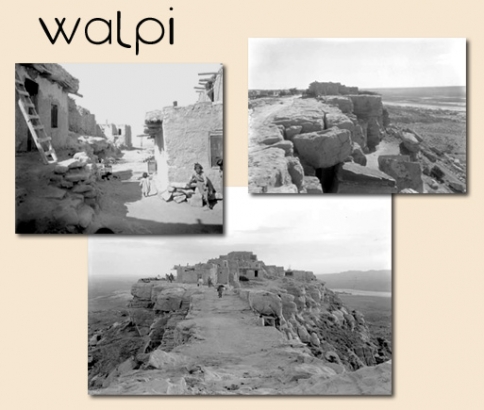
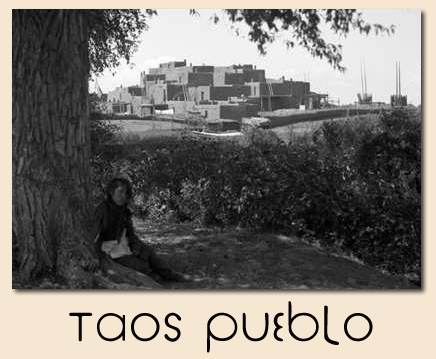
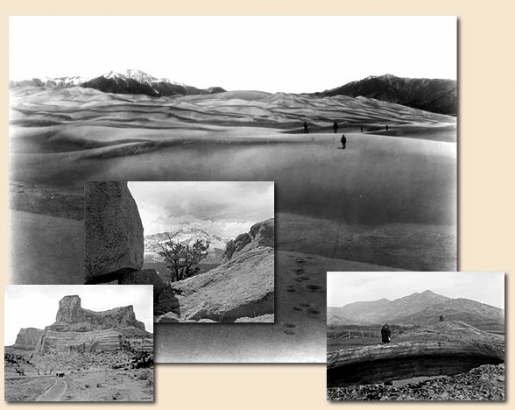
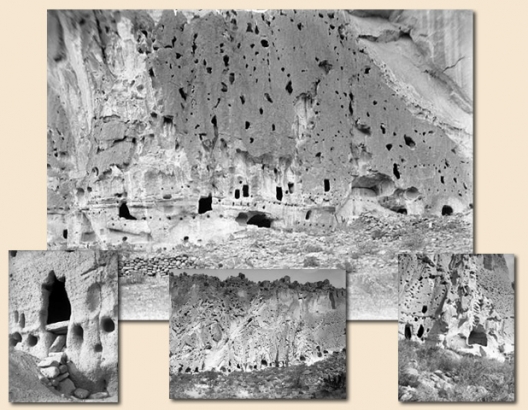

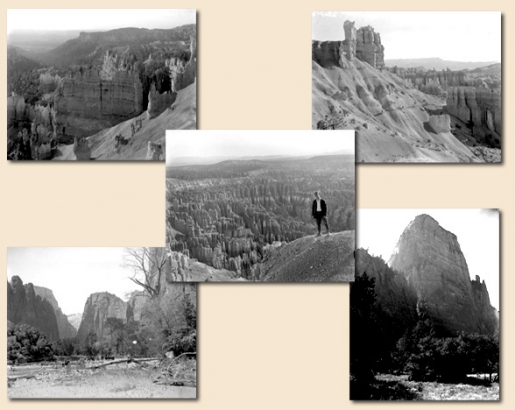
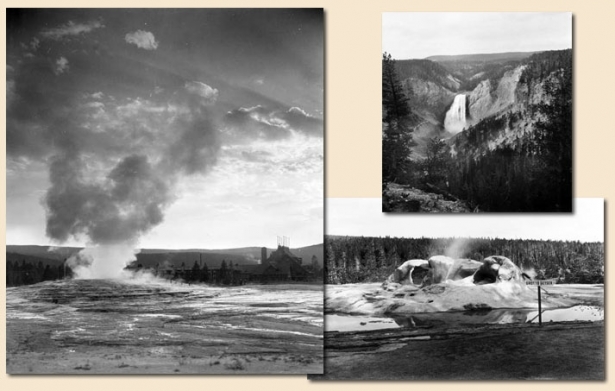
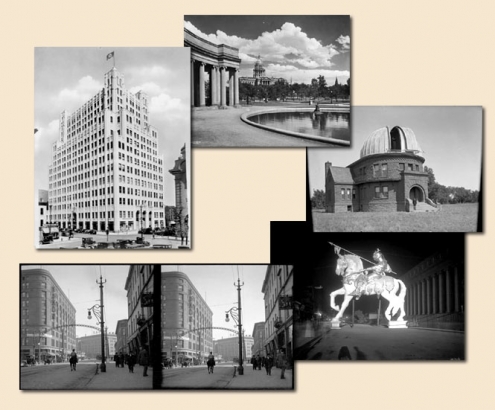
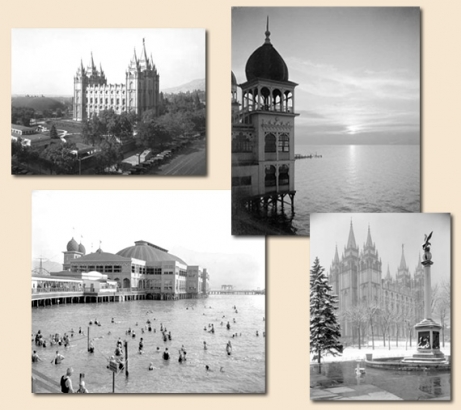
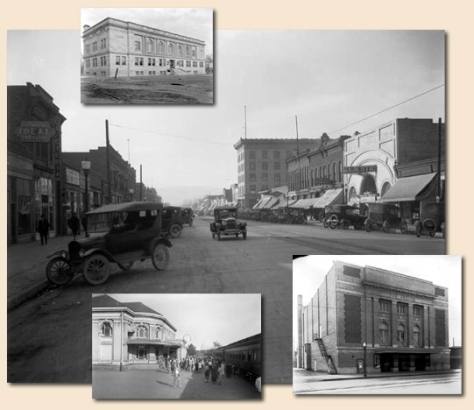
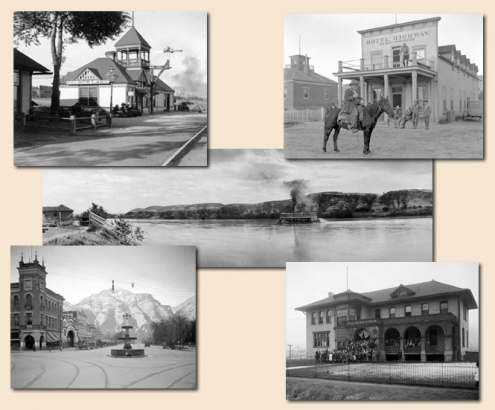

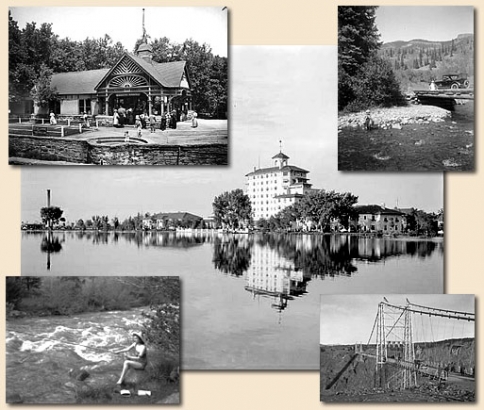
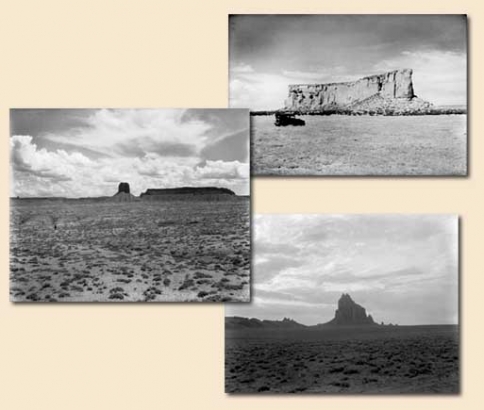
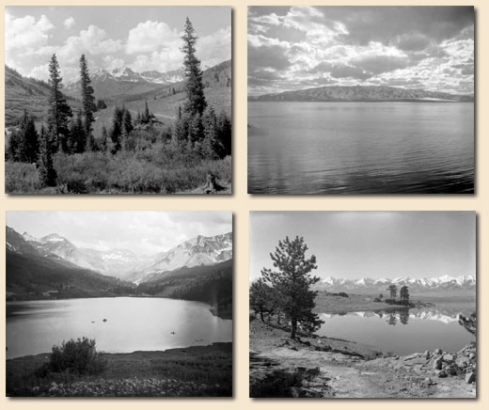
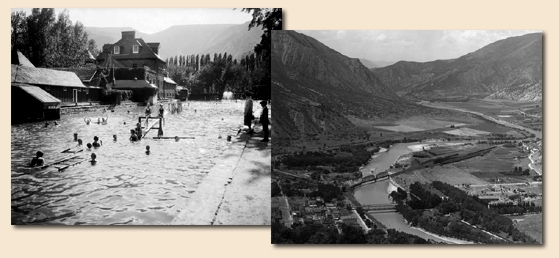


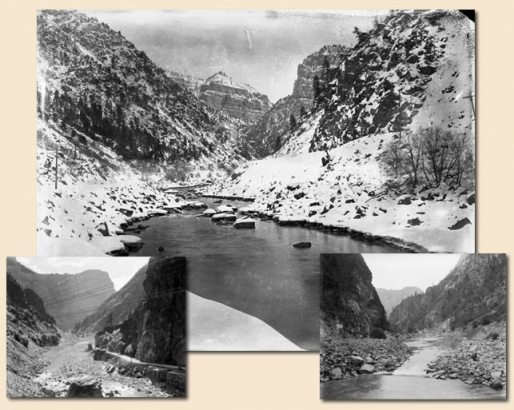
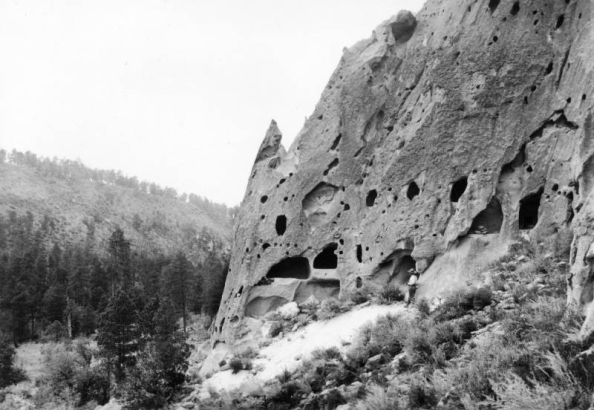


Comments
Thank you for saving these
Thank you for saving these photographs.....history in pictures.
You're welcome, and you're
You're welcome, and you're right! It's like a window into the past. Glad you enjoy the photos!
My great grand father Harwood
My great grand father Harwood Murray Cushing was the passenger agent for the Denver Rio Grande during this time. I am pretty sure they probably worked together and I suspect George L Beam took pictures of him. I would love to take a closer look at his pictures and see if I can identify Harwood. Thanks Randel agilespam@gmail.com
Randel,
Randel,
I enjoyed reading this post, and have been scanning through the digital collection. I stumbled onto George L. Beam, from a specific perspective. A few months ago, I purchased a collection of about 300 letters, from 1880-1920s, addressed to a King family that lived in Kansas; Lawrence, Wichita and Cheney.
I've just started to open and read them. Two of the first ten letters were written by George L. Beam, in the 1890s, to Ida King, who he apparently met at school in Lawrence, Kansas. At the time of his letters, Ida is living in either Wichita or Cheney, Kansas. (I'm sure there are other letters from George, I have just started opening and reading.)
One of the letters, in 1895, from George mentions he has just purchased a new 8" x 10" camera that he has not yet used much.
I would be happy to share digital versions of these letters with you and the Western History Collection of the Denver Library.
Best Regards,
Mike Maxton
Wichita, Kansas
Thank you for your offer,
Thank you for your offer, Mike. I have removed your email address from here, but forwarded your comment to our acquisitions archivist, Jamie Seemiller. She will contact you separately.
Add new comment